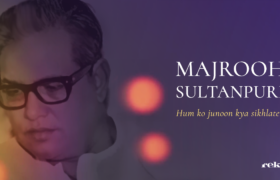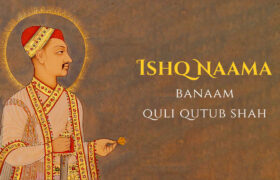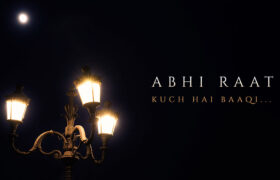Hum ko junoon kya sikhlatey ho
Majrooh Sultanpuri was one such poet who drew upon both and blended them together with distinction. He was a classicist in style and a romanticist in disposition. In addition, he was a humanist — a humanist at core.


Majrooh Sultanpuri was one such poet who drew upon both and blended them together with distinction. He was a classicist in style and a romanticist in disposition. In addition, he was a humanist — a humanist at core.

Quli Qutub Shah loved his flora and fauna, his people, and himself; he adored his romantic icons and eulogised them in his poetry.

Shankara consumed poison to save humanity as Manto did to salvage life from its ugliness and literature from its sweet sermons. Manto was indeed the Neelkanth of Urdu fiction.

Poets have often represented night- now as an image, now as a metaphor, now as a symbol. And the way Urdu poets signify different dimensions of the night will definitely leave you spellbound. Here we present a constellation of seven couplets from the mesmerising galaxy of Urdu poetry.
Enter your email address to follow this blog and receive notification of new posts.